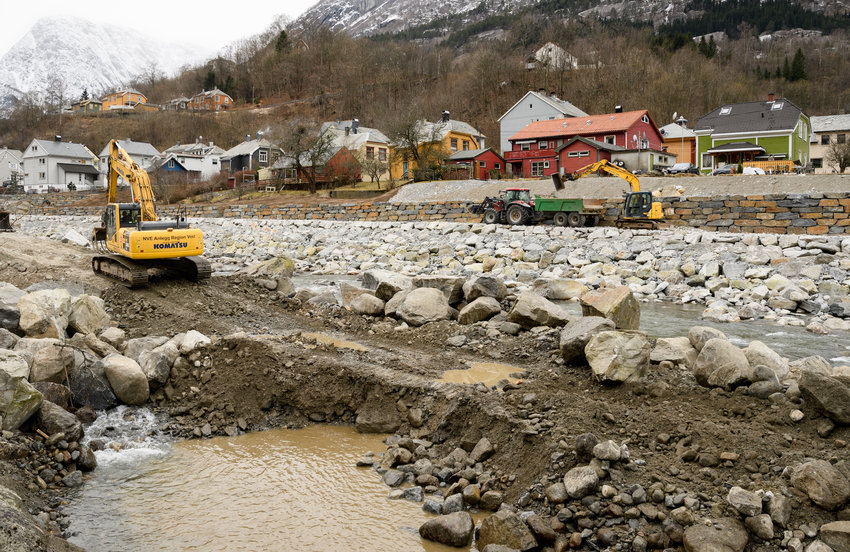The work at Climate Futures is divided into five innovation areas, also referred to as nodes. In addition, the center has cross-cutting initiatives coordinated by Chief Scientist Erik Kolstad. Below is a brief presentation of the leaders of the different nodes and the projects and partners currently involved in the work.
Smart shipping
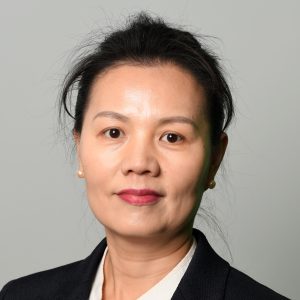
Haiying Jia is the leader of the Smart Shipping innovation area. She holds a PhD in Finance and works as a Professor at the NHH Norwegian School of Economics. Jia’s research interests include sustainable investment, big data analysis in shipping, and global trade.
The shipping industry benefits greatly from having access to reliable forecasts to plan shipping routes and make well informed risk assessments. Weather related factors, such as wave height and wind can explain around 20% of the variation in fuel consumption, which is a considerable cost for the companies. More extreme weather will therefore influence both operating costs and lead to increased emissions.
All vessels estimate how long it will take to reach the port, and the queues and waiting time upon arrival. We aim to explore how weather affects waiting at ports and how this waiting time can be reduced. Extreme weather may delay the time of arrival, and local weather conditions can affect the cargo handling, e.g. loading non-containerized cargo in heavy rain.
Nearby rivers and lakes are also a factor. If the water is at low level, large vessels cannot enter the port. We are working on a prediction model that can forecast the water levels in the Parana river, and we aim to develop this model further for use in other water systems.
Smart shipping partners include: NHH, G2Ocean, Western Bulk, NORCE, Safetec and SNF
Sustainable Food Production – Aquaculture
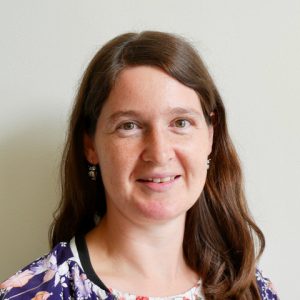
Helene R. Langehaug from the Nansen Environmental and Remote Sensing Center (NERSC) leads the node “Sustainable Food Production – Aquaculture.” Langehaug holds a PhD in physical oceanography from UiB, and her research focuses on variability and long-term prediction of sea temperature in the North Atlantic and Arctic regions.
Climate variations can affect the likelihood of harmful algal blooms and marine heatwaves, either along the coast or in the open sea. The node aims to provide early warnings so that industries can develop strategies to manage climate risks. This can reduce production losses and make production more sustainable.
An essential tool in the ocean node is the Norwegian Climate Prediction Model (NorCPM). This model provides forecasts for sea temperature several years into the future. Researchers in the ocean node are working to assess the accuracy of these forecasts.
Partners in this node: NERSC, NORCE, Havforskningsinstituttet, Eide Fjordbruk og Clarify
Resilient Societies
Endre Kildal Iversen, who works as a researcher at SNF in Bergen, has recently taken over the leadership of the Resilient Societies node. Iversen has a PhD in environmental and resource economics and has focused on the economic valuation of ecosystem services and biodiversity affected by climate and land-use policies for use in cost-benefit analyses.
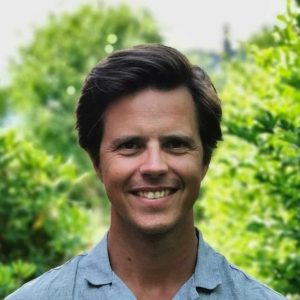
The node collaborates with partners in insurance, consulting, community security, and finance to integrate warnings of various lengths that can result in new insights, new services, and products to meet existing needs.
Climate Futures has been working extensively with the insurance industry, and this can, for example, involve preventive measures using various types of warnings and predictions. They are also exploring possibilities for climate-related insurance products, such as supplementary insurance or building assessments of risks related to extreme precipitation.
For public entities, it is interesting to find measures that minimize damage to infrastructure, individuals, and property. The node is considering developing a prediction model for insurance claims related to weather forecasts and collaborating with partners to conduct a survey on climate adaptation measures at the municipal and household levels.
Partners: SNF, NORCE, NHH, Tryg, SSB, Miljødirektoratet, KLP and Safetec.
Sustainable Food Production – Agriculture
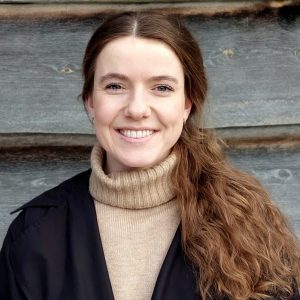
Starting from the new year, Synnøve Vonen Kvaal is the leader of the agricultural node. Kvaal is educated at NMBU and works as an advisor at the County Governor of Vestland.
Agriculture and its activities and results are significantly influenced by weather and climate. The growing season of 2023 is, in some areas of Norway, an extreme example of this, highlighting the urgency of climate adaptation in agriculture.
Within the agricultural node, the industry, advisors, agricultural authorities, and researchers are working to make agriculture more resilient in the face of future climate challenges. Efforts include linking climate forecasts with the performance characteristics of cereal varieties, enabling Graminor as a breeding company to develop new, climate-resistant varieties. The agricultural node is also involved in the development of yield forecasts for fruit crops and frost warnings.
A particular emphasis has been placed on the development of reliable and user-friendly long-term weather forecasts for the benefit of farmers. In workgroups, observations, and interviews, the industry has tested and provided feedback on historical weather data. This is done to identify climate-related factors affecting activity and results at both the farm level and further along the supply chain. This information is not only used for the continuous improvement of long-term weather forecasts but also provides insights into the areas the agricultural node should focus on in the future.
Partners in Sustainable Food Production – Agriculture: NORCE, NR, Gartnerhallen, Graminor, Norges Bondelag, Norsk Landbruksrådgivning, Statsforvalterne, and Fylkeskommunene
Renewable Energy
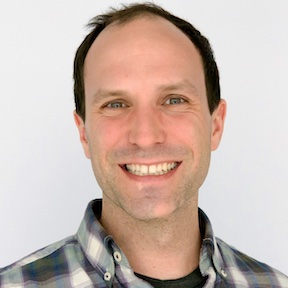
The innovation area “Renewable Energy” is led by Alex Lenkoski, who works as Chief Research Scientist at the Norwegian Computing Center. Lenkoski has a PhD in statistics from the University of Washington. His research focuses on the use of hierarchical Bayesian methods, especially when preparing forecasts for high-dimensional phenomena. He has worked in various areas such as finance, economics, meteorology and hydrology.
The dynamics of the energy sector are heavily weather dependent. The purpose of this innovation area is to build tools that enable renewable energy producers to anticipate variability in the weatherdependent features that affect their own production capabilities and the market in which they will sell their output.
The renewable energy node has developed a substantial number of individual projects involving collaboration with one or more industrial partners. While the applications differ, these projects share a core focus on the use of subseasonal to decadal weather forecasts to inform operational and investment decisions at renewable energy companies. Current projects include modelling wind park production, calibration of hydrological models to use in estimation of discharge from small basins, and development of multi-annual predictions and future projections for inflow at locations in Brazil.
Partners involved: NR, NORCE, UiB, Eviny, Statkraft, Å Energi, Småkraft

